| বাংলায় পড়ুন | Researchers and Reporters: Tanjil Fuad Anika Taieba |
Tesla is a well-known manufacturer of electric vehicles. World-famous millionaires Elon Musk, JB Straubel, Martin Eberhard, and Marc Tarpenning created this renowned automobile in 2003. It wouldn’t be a huge mistake if I said that Tesla has transformed the world of electric vehicle manufacturing.
However, what is the main motive behind the car company’s rapid rise to the top? Just the fame and fortune of Elon Musk? No! Instead, by developing a distinctive business strategy, Tesla has grown to become the biggest electric car company in the world today.
The vertical integration strategy, which is primarily predicated on cutting-edge technology and a sustainable future, is one of Tesla’s business models.
This strategy is how Tesla distinguishes itself from other conventional automakers. Most of Tesla’s parts are made in-house, but other businesses purchase essential parts or components from other vendors. Tesla controls everything, including software and battery packs. Tesla uses this tactic to cut expenses, boost innovation, and maintain appropriate quality control.
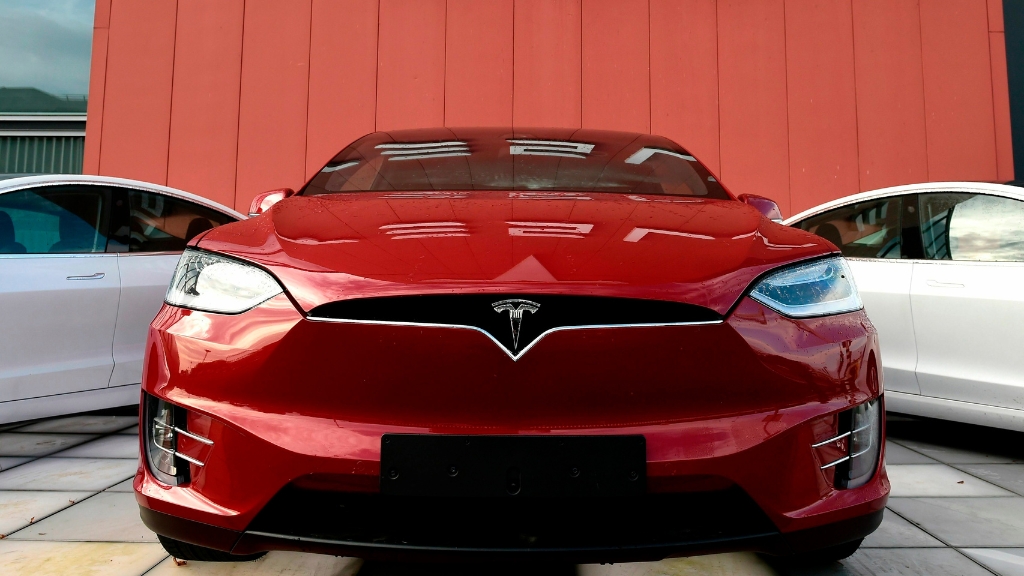
Tesla Gigafactory
The primary manufacturing location for Tesla is its Gigafactory, which is spread around the globe. These massive factories manufacture a variety of tiny and large car parts, batteries, and energy storage devices. The Nevada Gigafactory, one of the biggest power plants in the world, is one of Tesla’s Gigafactories, for instance. Producing and lowering the cost of Tesla’s batteries is the goal of this Nevada Gigafactory.
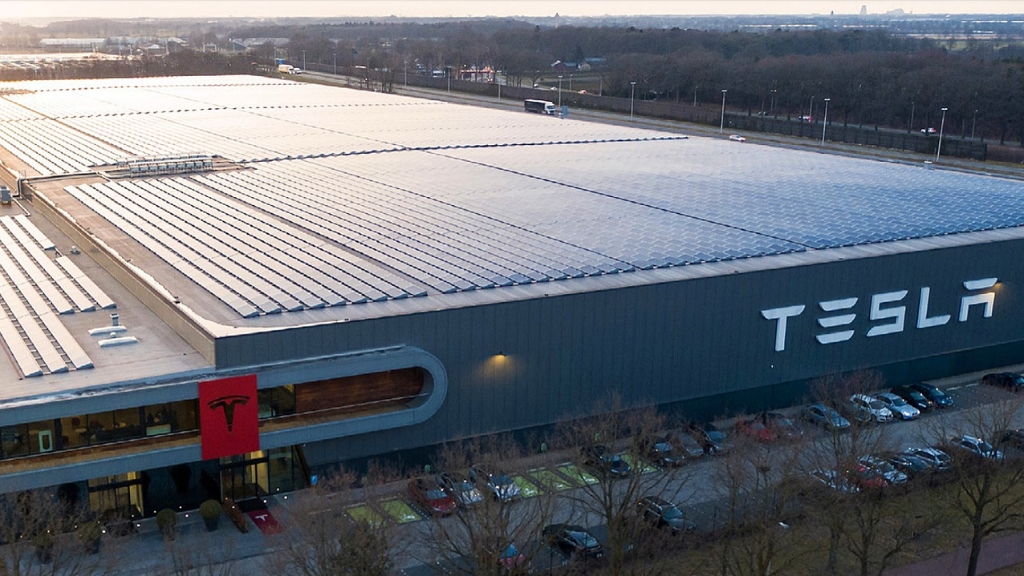
The direct sales method
Tesla’s sales approach differs from the conventional dealership model as well. It uses showrooms and its own website to sell cars directly to consumers. The direct sales method is what this is known as. Tesla can thus maintain price stability, have more control over the client experience, and gather firsthand information on consumer preferences and responses.
Technology and innovation
The foundation of Tesla’s business strategy is innovation. To set itself apart from competitors, the corporation makes significant investments in research and development.
Key developments from Tesla include autopilot and networking for autonomous driving in automobiles. Fully and semi-autonomous driving is made possible by this technology, which combines cameras, sensors, and machine learning algorithms.
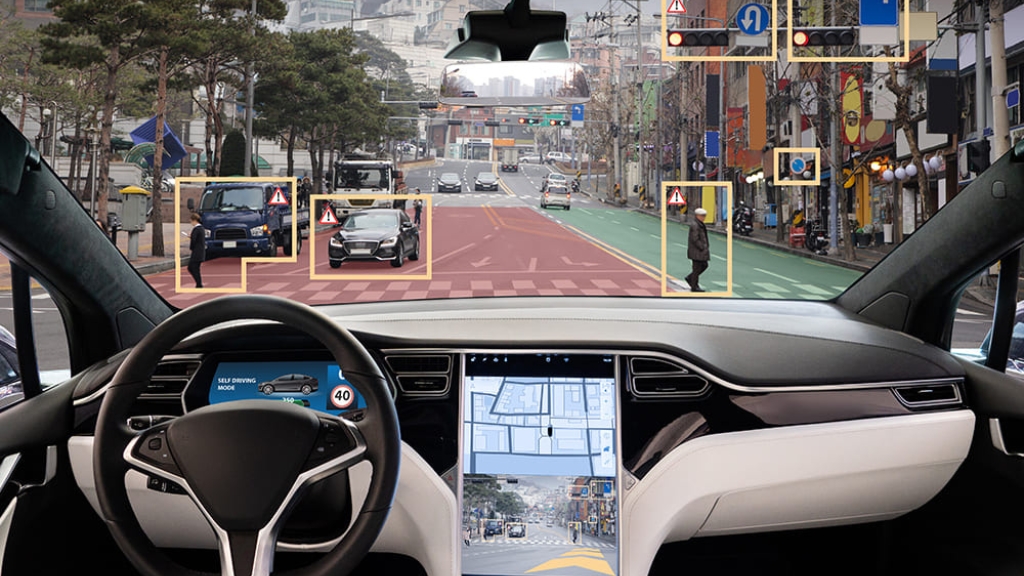
The Technology of Batteries
Tesla’s batteries, which are manufactured using cutting-edge lithium-ion battery technology, have improved the vehicles’ performance and range. Solid-state batteries are one of the next-generation battery technologies that the business is investigating in the goal of improving energy density, cutting prices, and prolonging battery life.
Tesla provides energy goods and services in addition to electric vehicles. Along with power storage devices like Powerwall, PowerPack, and MegaPack, Tesla Energy also sells solar panels and solar roofing. Renewable energy can be produced, stored, and managed by both individuals and corporations due to these items.
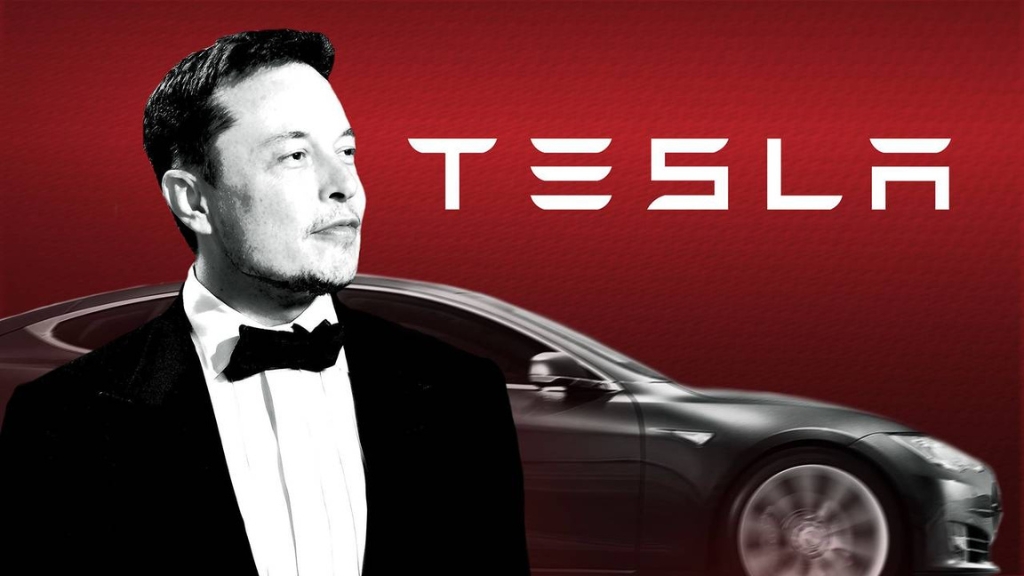
Tesla also focuses on the environment and social responsibility
Tesla is dedicated to promoting the use of renewable energy in addition to its significant profits. As part of Elon Musk’s long-term strategy, Tesla aims to pave the way for a more sustainable future by cutting carbon emissions, running eco-friendly factories, and generating renewable energy.
In essence, by challenging the standards of the traditional auto business, Tesla has established itself as a leader in the electric vehicle sector today for all of these reasons. Though its fundamental tenets of innovation and sustainable development are likely to endure, Tesla’s business strategy may undergo additional changes in the future.

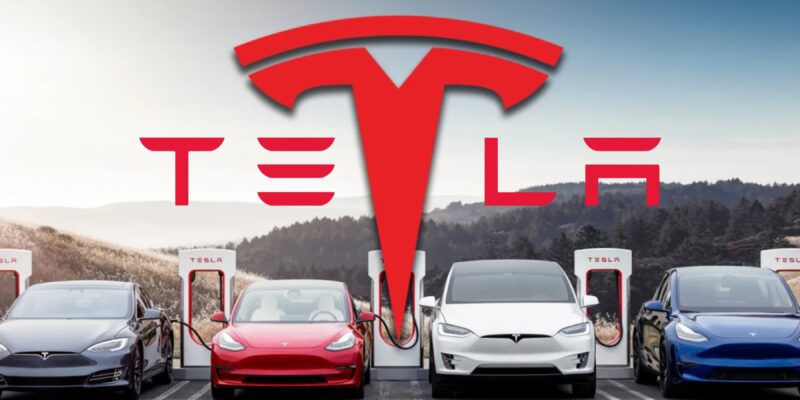

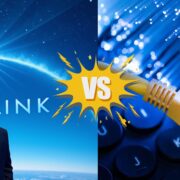








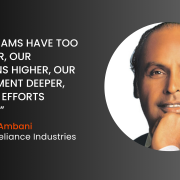





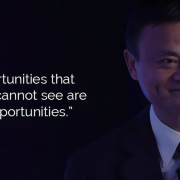





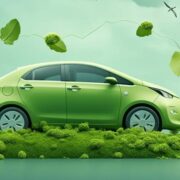

Comments